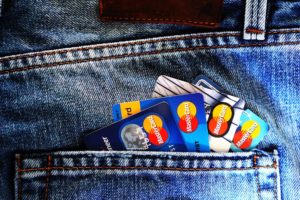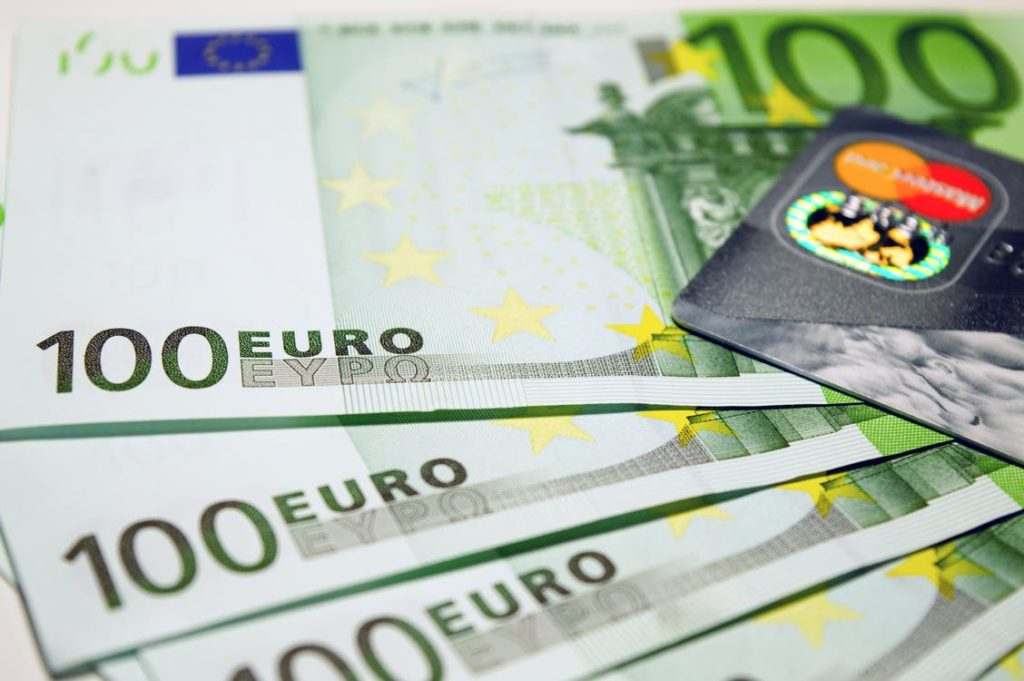
Personal Loan vs. Credit Card
Typically, choosing a personal loan can be a more affordable option when it comes to financing a large purchase when compared to a credit card. However, there are some exceptions.
Often, it’s better to pay cash for major purchases, which is why most finance experts emphasize the importance of saving as often and as early as possible.
But life is never predictable, whether you’ve managed to save up money or not. At times, credit can be a valuable safety net that can help you through financial emergencies.
When financial emergencies arise, most people will simply pull out that credit card. While credit cards can be very convenient, in some instances, a personal loan can be a more affordable and sensible way to pay for a major purchase over time.
Now, we’ll take a look at the benefits of both personal loans and credits cards, and the downsides to each of these options.
What is a Personal Loan and how does it Work?
 A personal loan is a type of unsecured loan that can be used for pretty much any purchase, such as:
A personal loan is a type of unsecured loan that can be used for pretty much any purchase, such as:
- Vehicle purchase
- Home improvement project
- Vacation
- Major appliance purchase
This type of loan is more similar to an auto loan than a credit card. When you take out a personal loan you’ll receive a lump sum. You’ll make fixed payments each month for the agreed upon number of months. A personal loan often has terms between two and five years. This type of loan usually has a fixed interest rate and there isn’t a penalty for paying it off early.
Typically, a personal loan application can be found and filled out online. In order to apply, you must provide employment and personal information. A bank will request proof of your income such as a W2 form or a pay stub. Usually, the bank will contact you regarding whether the loan has been approved or denied. During this time, you’re under no obligation to accept the loan.
Most banks will give you five business days to decide. During the five days, we recommend reviewing the terms of the loan and the interest rate to determine whether or not it fits your budget and needs. If you do decide to accept the loan, you must sign a promissory note. The money will then be transferred into your bank account. Once you receive a billing statement, you must make equal payments every month on the due date.
Pro Tip: While the majority of personal loans come in three to five-year terms, you can find some loans with terms that are as long as ten years or as short as one year. Lastly, a reputable lender will not charge you a pre-penalty payment, which means you can pay your loan off in full at any time. This will save you money on interest.
So, how does a personal loan differ from a credit card?
A credit card comes with a credit limit. The credit card comes with a line of credit, so you can borrow money whenever you need it, based on that limit. Personal loans are fixed. You’ll repay what you owe in equal installments for a determined amount of time.
Credit cards are often referred to as revolving debt. Credit cards have a credit limit that you can use as often as you like and it’s up to you to pay the entire balance off at the end of the month. If you fail to pay the card off, you’ll start to carry the balance. This involves paying interest on the debt, but you will still have the option of making more purchases.
A personal loan, on the other hand, is a fixed debt. You’ll receive a determined amount of money and make payments in equal installments over a fixed number of months.
So, what’s the real concern with credit cards? The problem with credit cards, of course, is that they’re so accessible. A person can always charge more to their card, at any time, up to the credit card limit, which can keep them stuck in debt. But with a personal loan, the borrower knows that the debt will be repaid and that they’re unable to borrow more money without first filling out a new loan application.
Some personal loans are unsecured, like a credit card, as opposed to a mortgage or an auto loan, which are secured by the real estate or a vehicle they use to finance. The big difference is, if you stop making payments on a secured loan, the bank is then able to foreclose on the house or repossess the vehicle. Because of this, interest rates on unsecured personal loans are higher compared to secured loans. In some cases, the APRs on personal loans can be more affordable than credit card rates.
When is a credit card a better option than an unsecured loan?
 The credit card is best used for consolidating smaller debts or making smaller purchases, within the three thousand dollar range, which can be easily paid back within a year.
The credit card is best used for consolidating smaller debts or making smaller purchases, within the three thousand dollar range, which can be easily paid back within a year.
For credit debt in the two or three thousand dollar range, the cheapest way to manage payments is to apply for a card that offers a zero percent intro APR. If you have decent credit, the zero percent card will give you a loan that’s interest-free, just as long as you repay the debt before the intro period expires.
When is a Personal Loan a better Option?
As we have mentioned, a personal loan is ideal for major purchases that will take more than a year to repay, or if you don’t want to be tempted to use a credit card with a larger credit line.
If you need to borrow more than a thousand dollars and need longer than twelve months to pay it off, a personal loan is the way to go.
With most lenders, a thousand dollars is usually the minimum amount that can be borrowed. If you have excellent credit, you can find an unsecured loan for up to a hundred thousand dollars.
